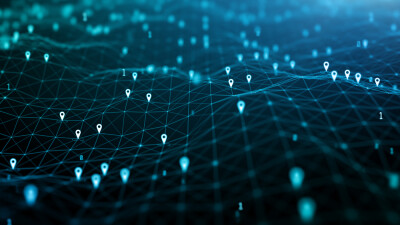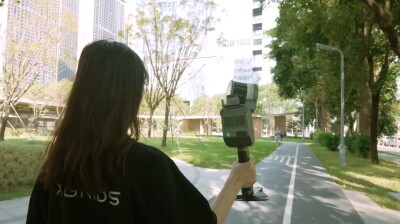I know, I know, everyone hates the media. But a good story in a local paper can do wonders for raising the mainstream profile of a still relatively obscure technology like mobile laser scanning. This week, the Charleston Gazette in West Virginia (a Charleston in West Virginia? Who knew?) put up a great story about work Michael Baker, Inc., is doing laser scanning the entire city.
And it’s not just raising awareness of the technology in general – it’s helping you make your case (probably since they’re just parroting what Michael Baker, Inc., told them, but still):
But rather than map just the sewers, city leaders decided to map the entire city with LiDAR (Light Detection and Ranging) technology. Though a bit more expensive than the traditional GPS mapping the city first planned to use, LiDAR is many times faster and more accurate.
You hear that city managers? Many times faster AND more accurate (and just a little more expensive). Really, you’d be a dummy to do it the old way…
And what mainstream news story about technology isn’t good for a laugh or two?
Beside the lasers are two 5 megapixel digital cameras that can shoot pictures at up to three frames per second.
I betcha they can shoot a little faster than that if it were required for them to do so…
Regardless, they’ve got themselves a pretty big project. 345 miles of roadway, at least once in each direction. What would it take with conventional hand-held GPS? “Well over a year,” the article notes.
I also love it when you see phrases like “what they call a point cloud of data,” because it makes our industry seem so high-tech, but this is probably my favorite part of the article:
It’s a huge amount of information, about 48 megabits for each second the truck is out collecting — “about 40 floppy discs every second,” Morris said.
“Floppy discs”? What are those? I thought we were high-tech around here. And megabits? For real?
Sorry, can’t help myself.
Anyway, it’s kind of too bad that the “why” for all of this is largely left until the end:
“If the city needed to know the location of all its traffic signals, they wouldn’t have to hire a consultant to do that. They could pull that out. Same thing with street signs, or fire hydrants, or utilities, or pavement conditions.”
That real-world application is kind of important. It’s not just the mandated storm-sewer stuff. It’s that this data can be repurposed in a number of different ways, which is why it’s worth the extra money, because it accomplishes much more than just the single project that’s necessary to be compliant. This repurposing of the data is vital to its value, which is why it’s vital that the city have the tools to actually do get that additional information out. I expect Certainty3D will be giving them a call shortly…





